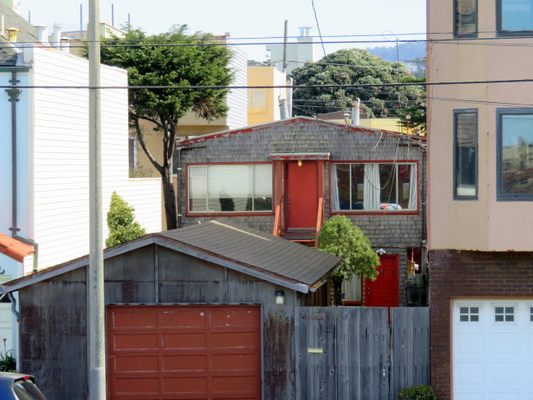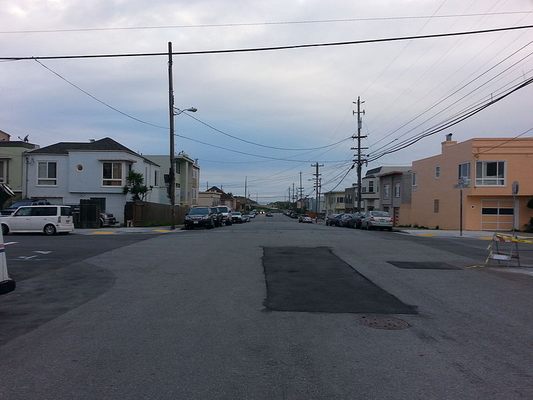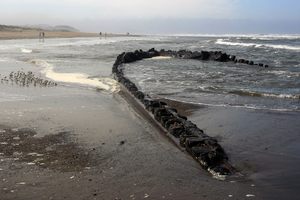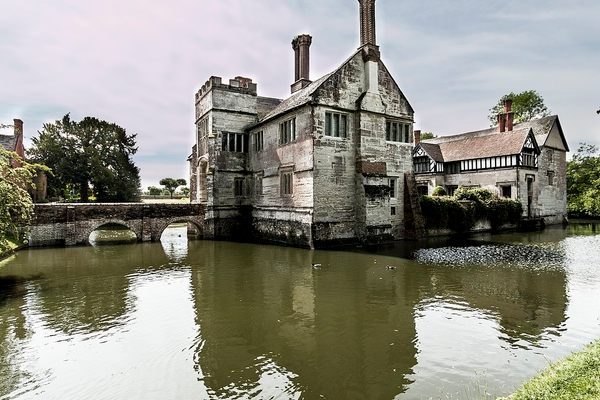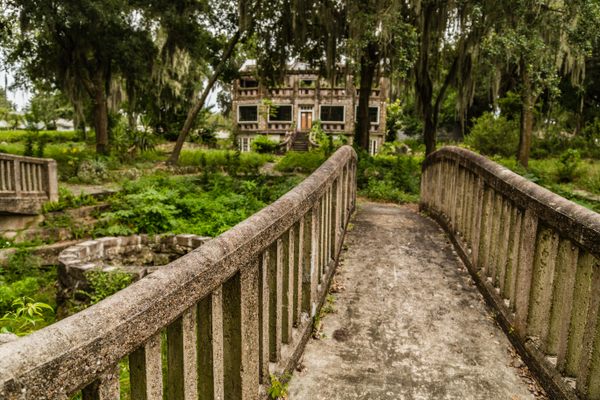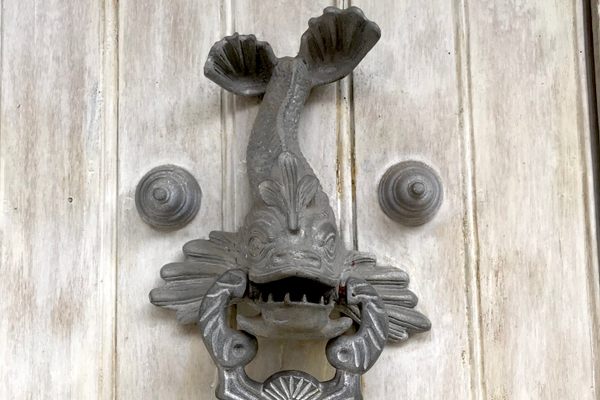About
When cable cars and streetcars began replacing San Francisco's old horsecars, the Market Street Railway Company needed to purge their outmoded horse-drawn inventory. So in 1895, they began selling the old horsecars for $20, or $10 without the seats. Some creative individuals purchased these horsecars and converted them into houses, offices, clubs, and shops on the outskirts of town.
A Civil War veteran named Colonel Charles Dailey began renting three such horsecars from his friend, then-mayor Adolph Sutro, out near Ocean Beach and not far from Sutro's Baths. Sutro hoped to lure people out toward the beach to sell what was largely undesirable property at the time, made up of sand dunes as it was. Dailey turned the three horsecars into the "the Annex," a coffee bar decorated with items washed up from the beach.
The bar became very popular, particularly among the bohemian crowd, and more people followed Dailey out to the end of the Park and Ocean railway line (at what is now 47th Avenue and Lincoln Way), buying their own various cars to live, work, or play in. The neighborhood that sprang up became known as "Carville" (or "Carville-by-the-Sea"), and was described by one historian as the "the oddest village in the world."
Carville was a very active community for many years, having an estimated population of 2,000 people in 1900. A decade later, in 1910, realtors began to take notice of the area and tried to lure people into normal houses. Pamphlets were made with the title "From Carville to Real Homes" and a symbolic public burning of a horsecar (which was previously used as a clubhouse for the all-female Falcon Bicycle Club) signified the beginning of the end of Carville. The Carville community then gradually shrunk as the "real homes" around them expanded, until it disappeared altogether a couple decades later.
All of the known horsecars, streetcars, cable cars, and rail cars of Carville have been lost to history, except for one nondescript house along the Great Highway. Although you wouldn't notice from the outside, the residence is made up two joined cable cars and one horsecar. The house was built in 1908, but the two cable cars that make up the second story date from the 1880s, and the side room is a horsecar from the 1870s, all of which were previously a part of the historical oddity that was Carville.
Related Tags
Know Before You Go
Please be respectful when observing the house from the street. It is a private residence.
Published
February 7, 2019
